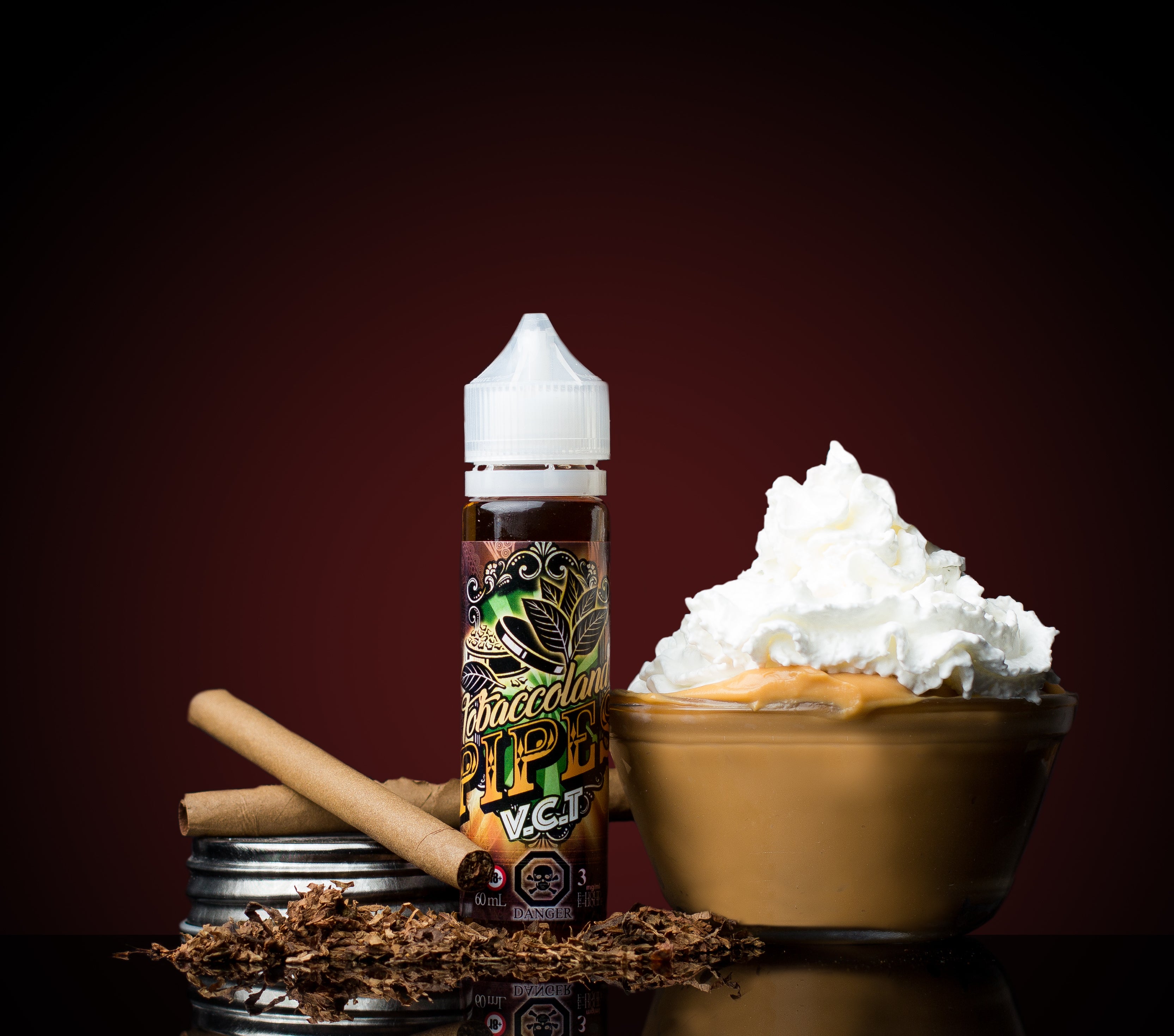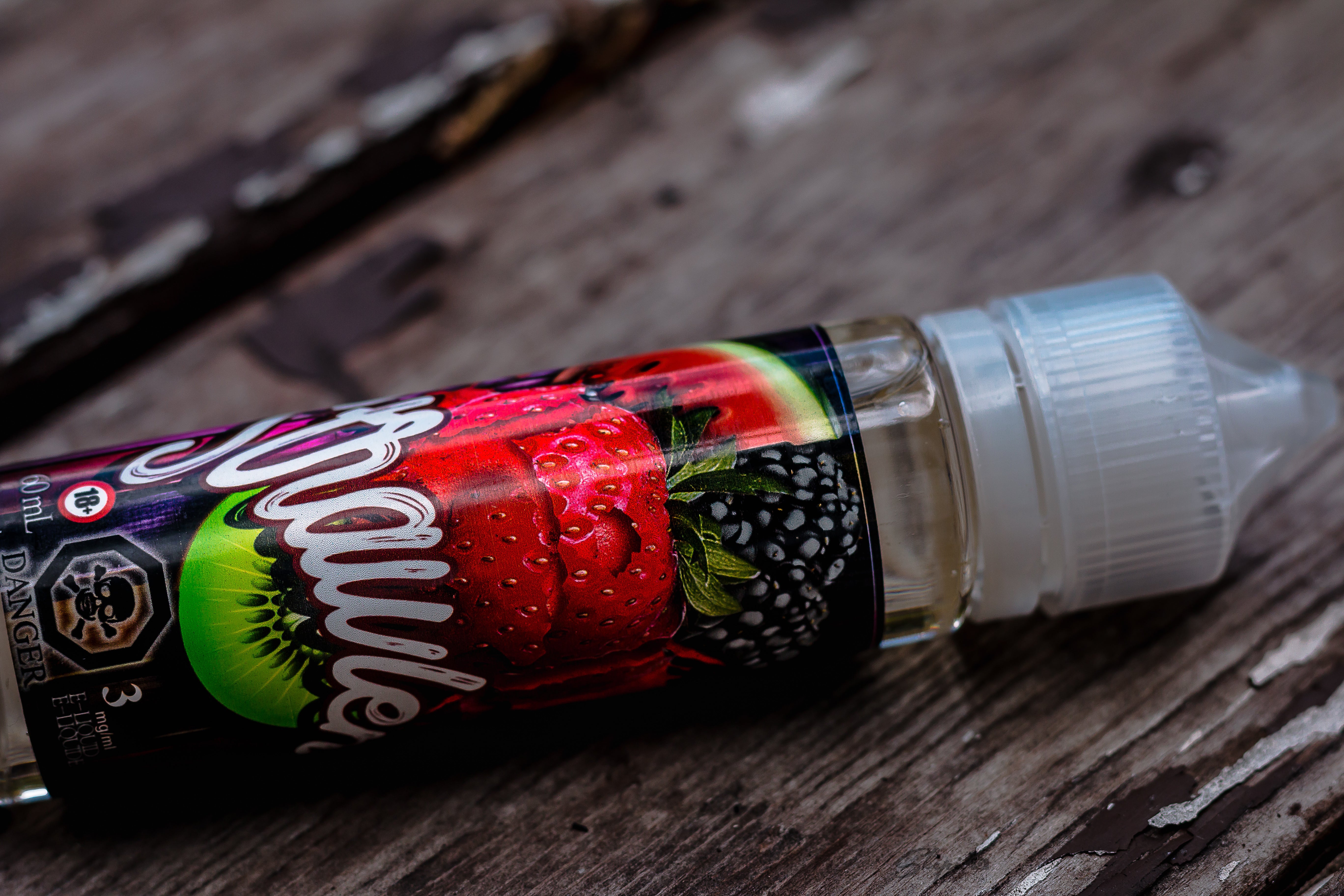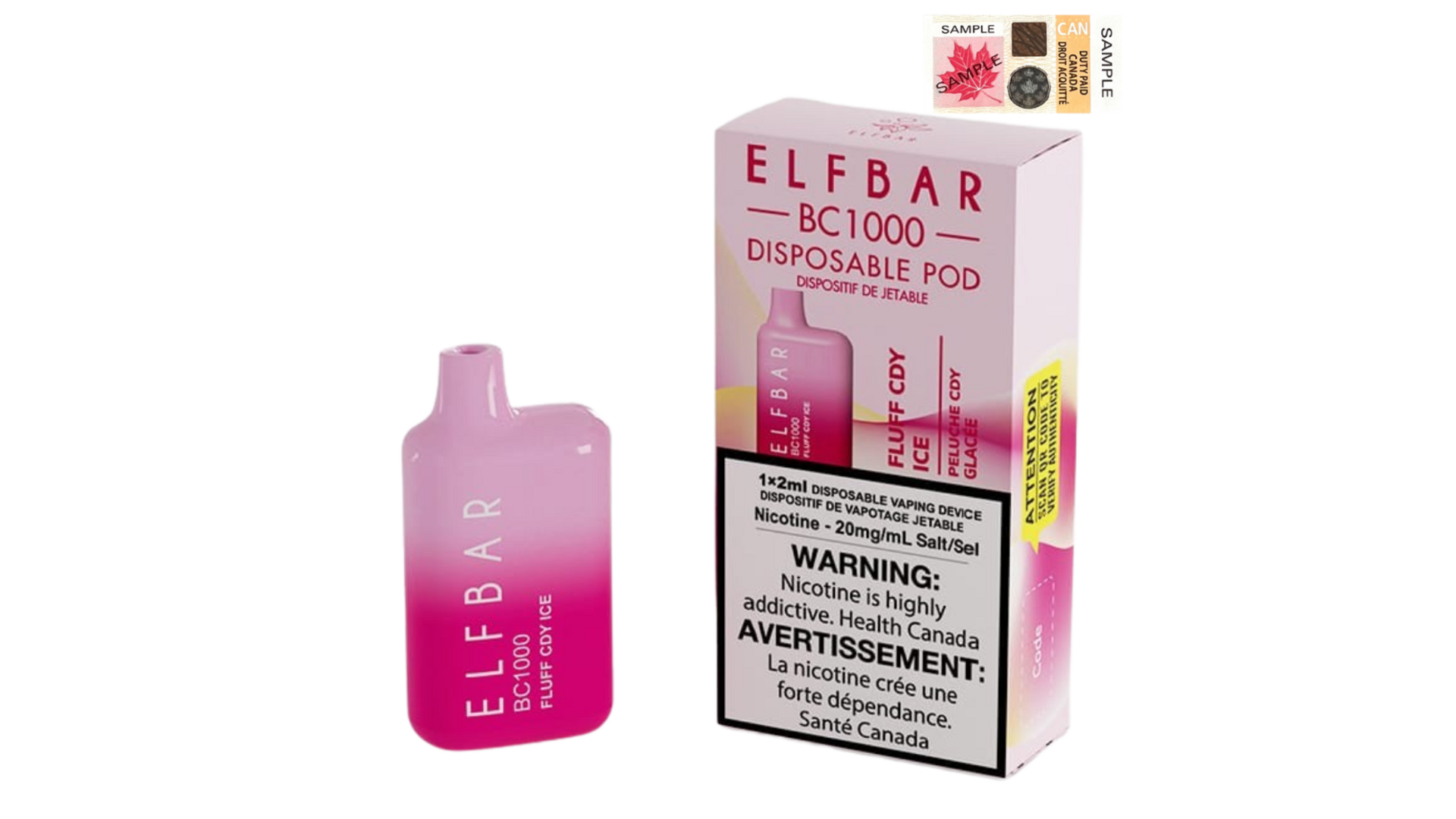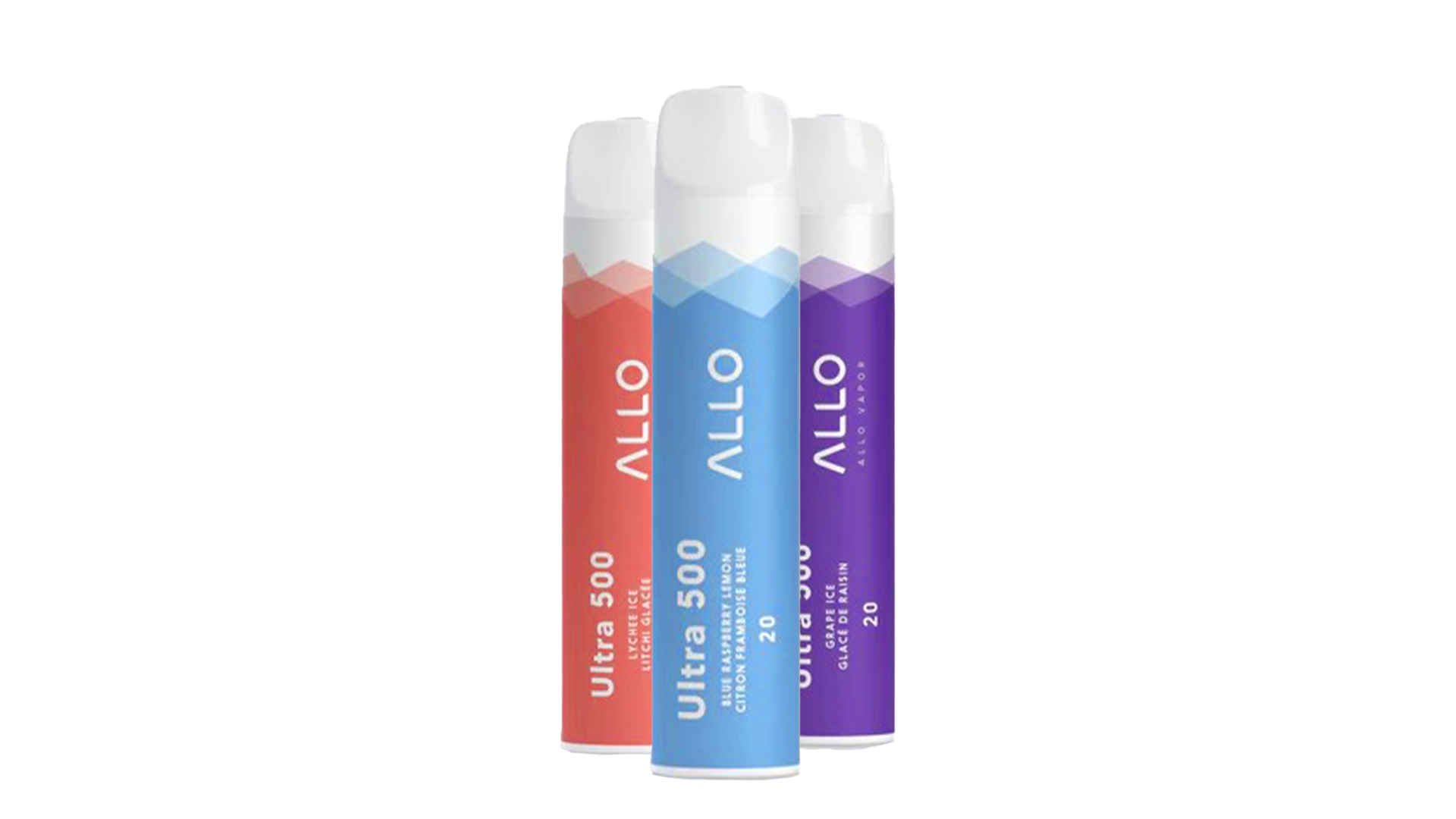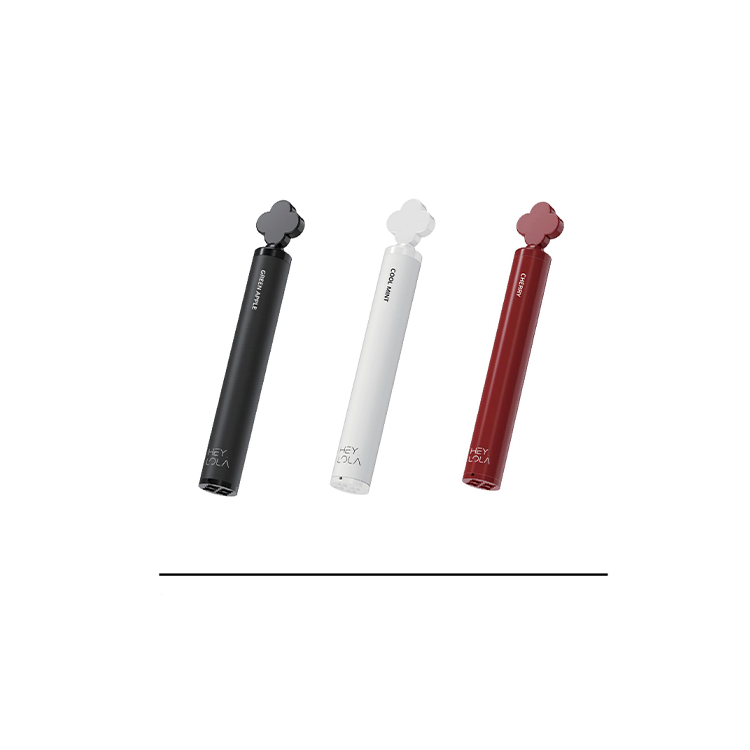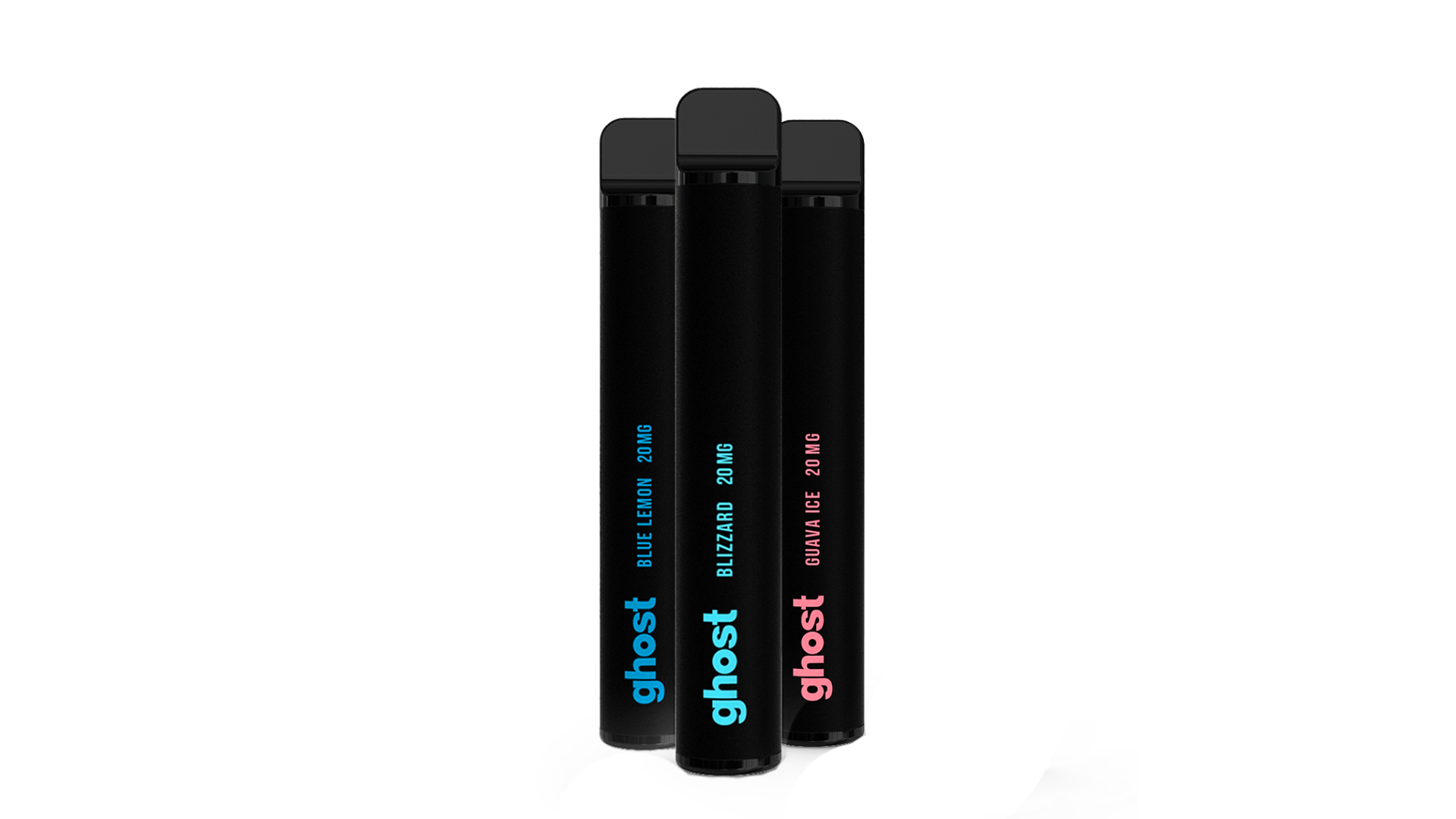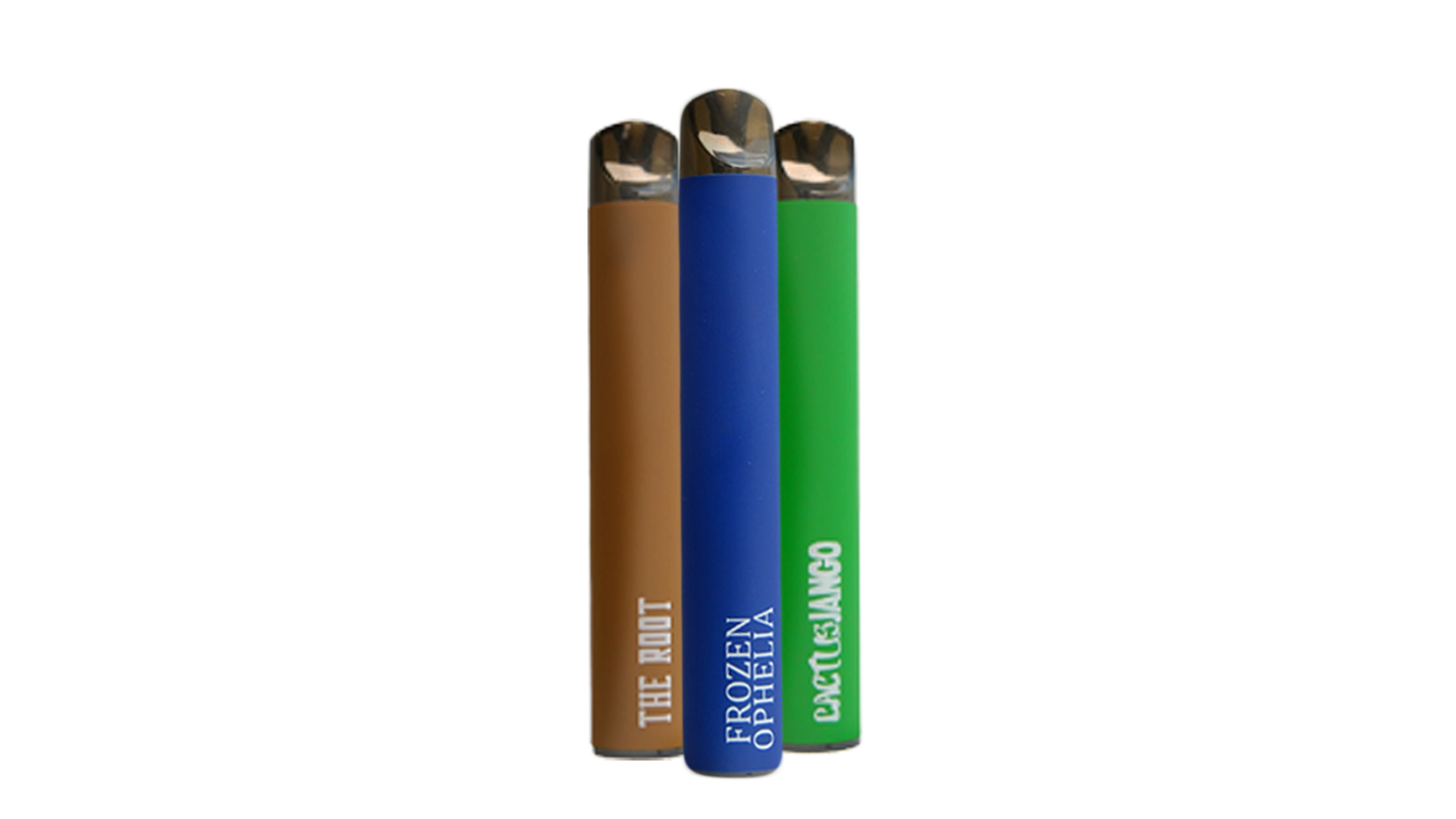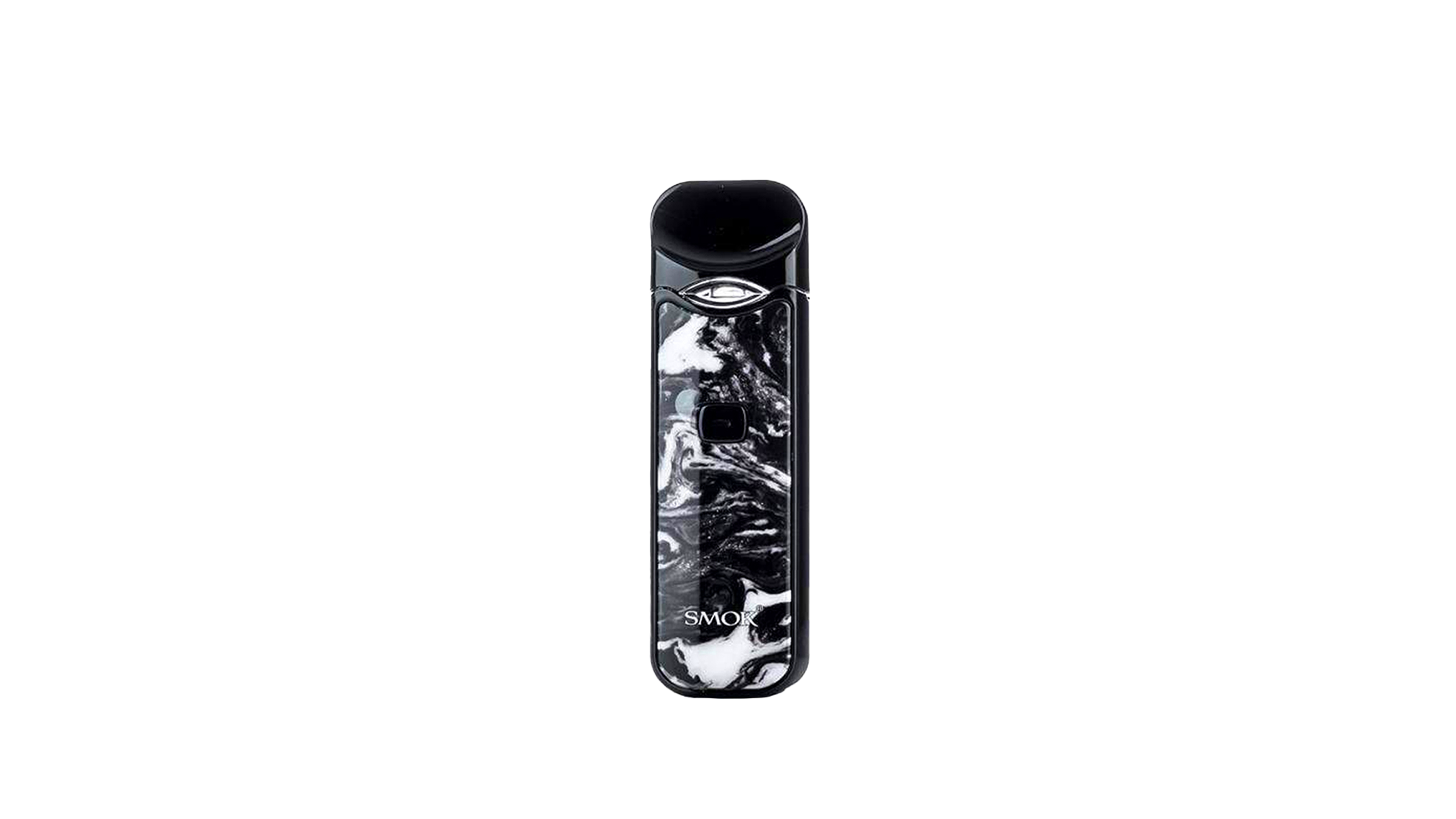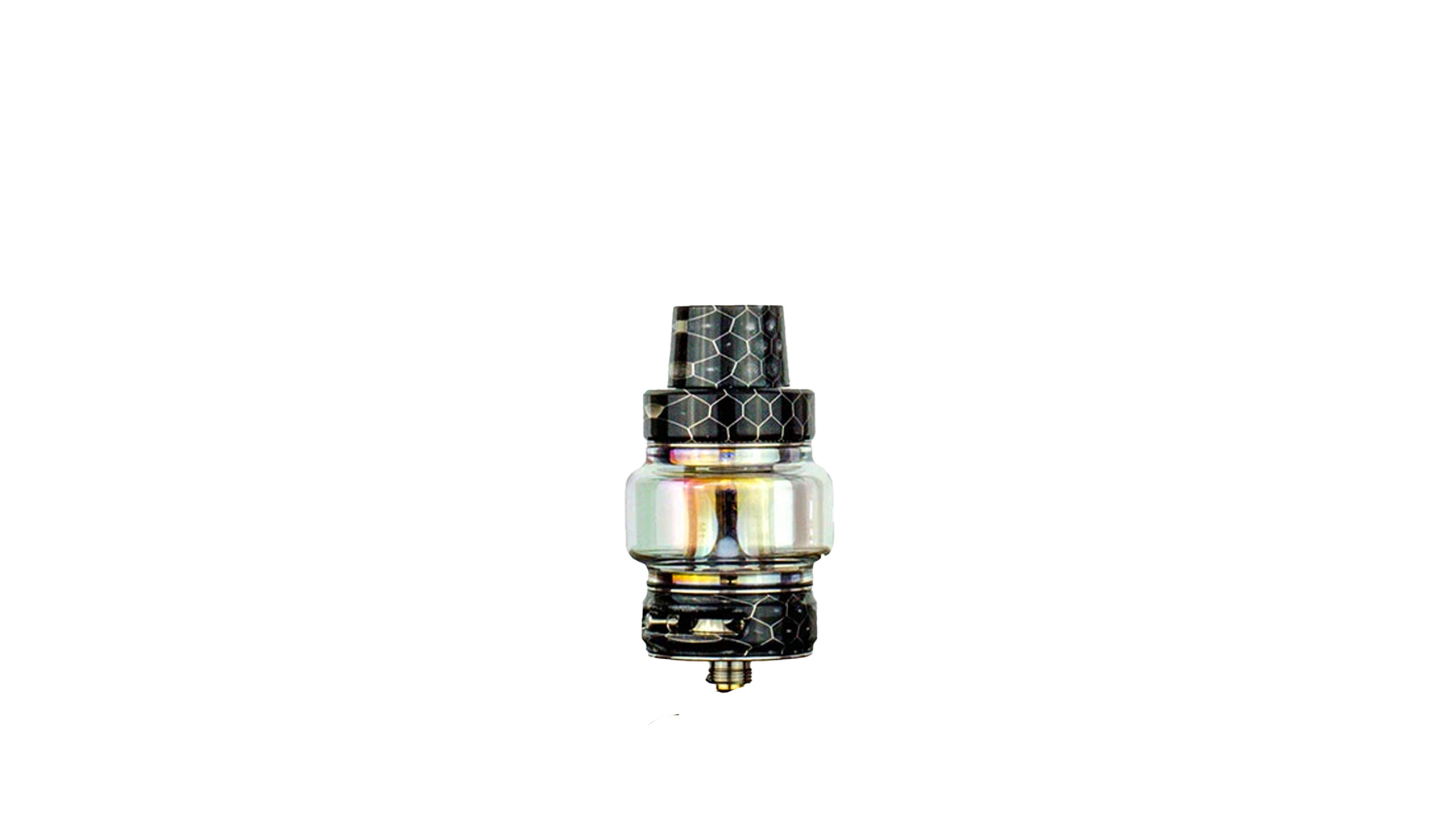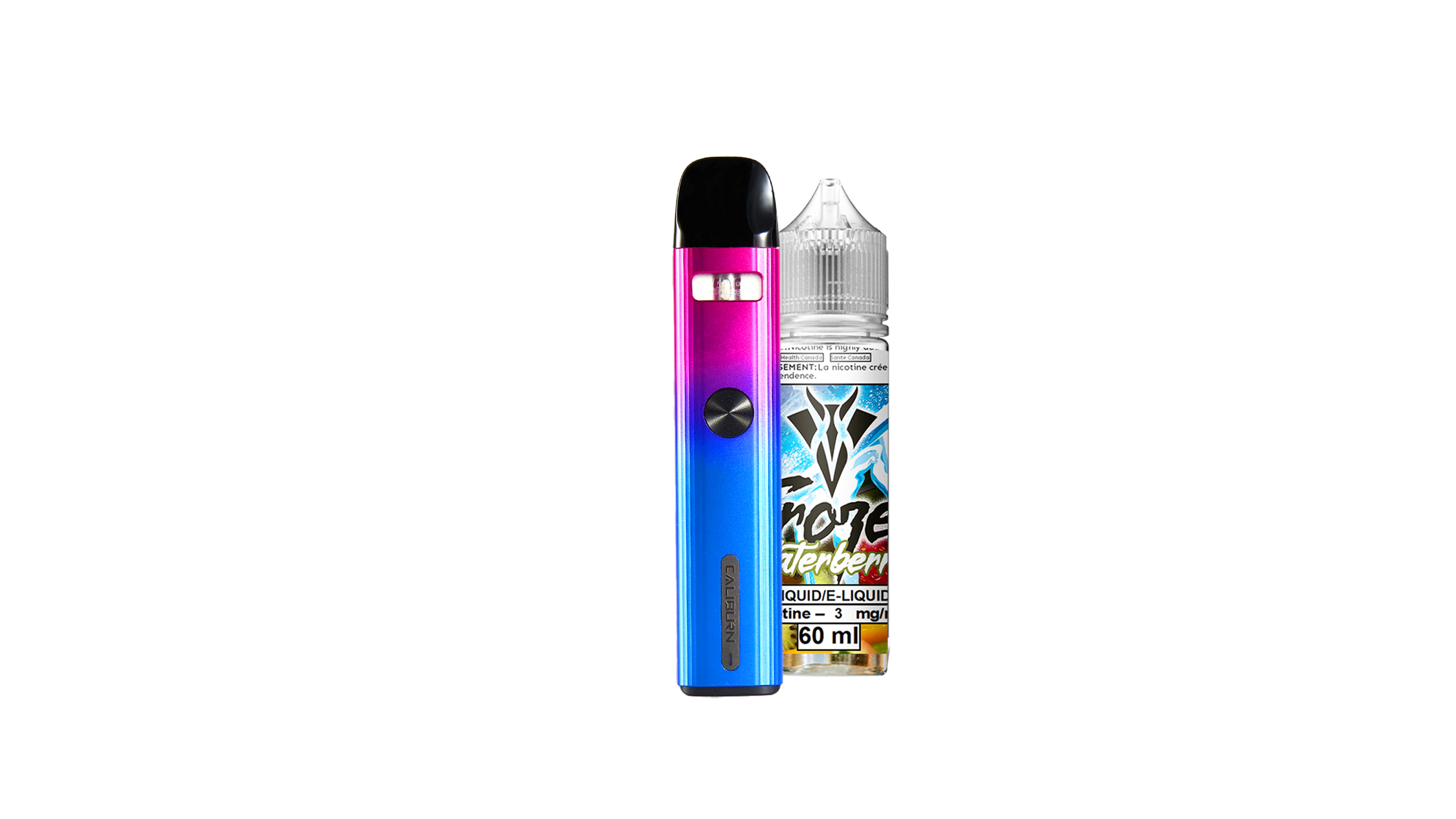Different Types of Smoking Cessation
These are 6 Methods You Can Use to Quit Smoking
Knowing that cigarettes are bad for you, and actually kicking the habit are two very different things. It’s easy to ignore the warnings, the scary picture on your pack, the cough that keeps you up at night, the smell that permeates your home... Because smoking is an addiction. It’s a physiological dependence on nicotine. Your body is telling you, you need nicotine, and it’s very difficult to ignore your body. When you’re hungry, you eat, and when you crave a smoke, you smoke. This physiological dependence is why, in order to successfully quit, most people need a little help.
The good news is that thanks to modern medicine and technology, there are more smoking cessation tools available than ever before. To help you decide which method will be most effective for your lifestyle, we’ve put together a list of the most common types of smoking cessation and their advantages:
Cold Turkey
Quitting cold turkey is both the easiest and the most difficult way to do it. It’s easy because at any moment in time, you could decide to quit cold turkey, and if you have a god-like amount of will power, you might just succeed. It’s difficult because going “cold turkey” means going without any outside support — no medicine, no therapy, no aids. It is possible, but on average, only around 5-7% of people pull off quitting this way.
Behavioral Therapy
This method means working with a counselor or therapist to deal with your addiction. Behavioral therapy often involves discussing and identifying your triggers, such as situations that make you crave a cigarette, and then coming up with a plan to deal with or avoid those triggers altogether. This type of therapy also involves dealing with any underlying sources of stress in your life that could be causing you to light up.
Nicotine Replacement Therapy
The root cause of any smoking addiction is a physiological dependency on nicotine. Nicotine replacement therapy delivers nicotine to your body to ease your craving for cigarettes. There are many kinds of nicotine replacement therapy available. The most common types include nicotine gum, patches, inhalers sprays, and lozenges. This method can indeed be helpful if you are trying to quit, but it is most successful when used in conjunction with behavioral therapy and plenty of support from your family and friends.
Medication
If you are a very heavy smoker, your doctor might prescribe medication to help you quit. There are several varieties available that help mitigate cravings and minimize withdrawal symptoms. The most common medications are bupropion and vernicline (Chantix). That said, these medications have some very serious side effects, such as depression, and in extreme cases, suicide. As such, we do not recommend this course of action, and suggest that you try one of the many other methods available instead.
Vaping
Vaping is essentially a form of nicotine replacement therapy, but it goes a step further than just satisfying your body’s cravings. Vaping also serves as a replacement for the act of smoking — a habit that people can find just as difficult to let go of as the actual chemicals. Ritual is part of what makes it so hard to quit. That morning coffee and smoke, that five-minute smoke break, that happy hour puff... These are all powerful emotional and habitual situations where cigarettes are the star. With vaping, you don’t have to give up these rituals. You can get your nicotine fix and your daily “breather” while avoiding the seven thousand plus chemicals that exist in cigarettes.
In addition, with vaping, you get to explore a whole new realm of experience where flavor is used to replace old sensations and cravings. We call this flaving. Flaving is vaping focused on flavor. Nicotine satisfies your cravings, but the experience of flaving is what ensures you will never want to go back to your old ways!
Combination Treatment
You’ll have the best luck quitting if you use a combination of these methods. Just because you go on the patch, doesn’t mean you shouldn’t seek behavioral therapy as well. In fact, behavioral therapy is most effective in conjunction with some kind of nicotine replacement therapy like chewing gum or vaping. The combination of the two will serve to treat both your physiological and your mental dependencies.
We know how hard it can be to quit. We’ve been there, and it sucks. On the bright side, there's lots of help to be had. The government will even subsidize the cost of quitting aids! And at VanGo, we’ve got inspo, articles and wicked e-juices to help keep you on track.
Join the #VanGoFam and hit the share button below to recruit your friends. Because if we’ve learnt anything from our journey, it's that quitting's a lot more fun when you do it together.





